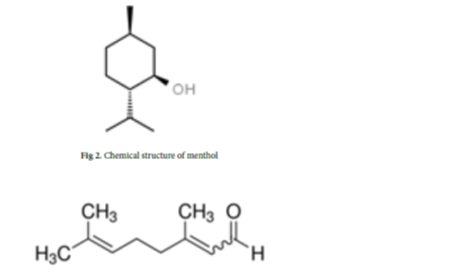


Indian Journal of Science and Technology
DOI: 10.17485/IJST/v13i28.1106
Year: 2020, Volume: 13, Issue: 28, Pages: 2883-2891
Review Article
Avijit Mukherjee1*
1Department of Zoology, Netaji Mahavidyalaya, Arambagh, 712601, West Bengal, India
*Corresponding Author
Email: [email protected]
Received Date:09 July 2020, Accepted Date:25 July 2020, Published Date:07 August 2020
Background/Objective: Root-knot nematodes and cyst nematodes are two important plant-parasitic nematodes that cause severe plant diseases in various plant species around the world. They act as obligate and biotrophic parasite within the plant body. The objective of the study is to review for suitable management to keep the nematode population density below the threshold level. Methods: In spite of several nematode control practices such as crop rotation, use of biopesticides or nematicides, each has some limitations of their use but biotechnological applications including RNAi or miRNA represent a potential breakthrough in the application of functional genomics for plant nematode control. Here, a comparison is made between some old and modern nematode management practices but recent data shows that application of RNAi or miRNA has a better option of nematode control in some crop plants. Findings: Efficacy and biotechnological success can be maintained by holistic grasping of several soil biological and ecological factors. Therefore, modern approaches those reviewed herein due to their usefulness in minimizing plant nematode populations and increasing crop yield should be incorporated into management systems. The scientific community has entered into a new era that shows the tools to actually unravel the underlying molecular mechanisms, making this an opportunity for a review of our current knowledge and better understanding. Application: These modern eco-friendly practices may not quickly perform as synthetic chemicals, but they are pest specific, non-toxic to humans or environment, and also serves as a sustainable tool for disease management. Novelty: The present communication identifies plant nematode control approaches with emphasis on modern research. This review article emphasized the importance of modern biotechnological approaches for better crop yield than the common older practices.
Keywords: Root-Knot nematode; biotrophic Parasite; threshold level; nematicides; biopesticide; micro RNA
© 2020 Mukherjee.This is an open-access article distributed under the terms of the Creative Commons Attribution License, which permits unrestricted use, distribution, and reproduction in any medium, provided the original author and source are credited. Published By Indian Society for Education and Environment (iSee).
Subscribe now for latest articles and news.